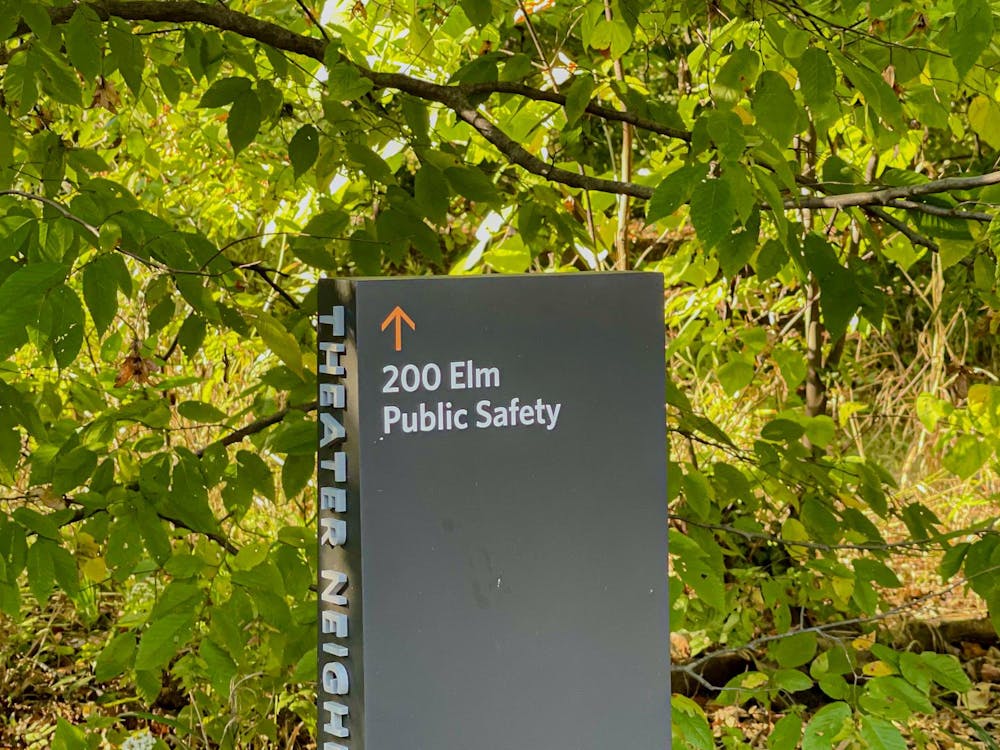Bed bugs continue to be a problem in Holder Hall and Forbes College. Following two reports of bed bugs last September, at least four reports were confirmed this March.
The students have been temporarily moved to graduate housing, a move different from last year, when four students were moved to single rooms in 1915 hall, in Butler College.
Only the infestation in Holder Hall was disclosed to students. Residents in Rockefeller and Mathey Colleges received emails informing them of the situation.
"It makes sense for you to avoid visiting Holder Hall until further notice," an email sent to Mathey students on Tuesday by Mathey College Office administratorPatricia Byrne read.
Students in Forbes College did not receive any email, according to students consulted.
University Spokesperson Martin Mbugua explained that cases of bed bugs were reported in Holder Hall on March 22, March 25 and March 31. The University also confirmed another report in Forbes College on April 10, Mbugua said.
Mbugua noted that all of the affected Holder Hall rooms have been chemically treated, and that monitoring of the affected adjacent rooms is ongoing. The affected room in Forbes will be treated this week, he added.
However, according to an email sent to Rocky residents by Housing and Real Estate Services manager Kenneth Paulaski, at least the Rocky rooms will actually commence treatment on Wednesday morning. It remains unclear if Paulaski and Mbugua were referring to the same cases, or whether more cases have been reported recently.

“Any time there is an email, I’m assuming there is a separate room being treated,” Rohan Bhargava ’14, a Rocky residential college adviser, said, adding that he was unsure whether the Tuesday email signified that additional students would be moved out.
Jacob Sackett-Sanders ’16, one of the affected students, has been living in Stanworth Apartments graduate housing for about two weeks.
“It’s fine; it’s not that far of a walk,” Sackett-Sanders said.
Sackett-Sanders said a friend in a different room told him he had bed bugs in his room soon after returning from spring break,but he wasn’t acting on the problem. He said he immediately reported the issue to his RCA, who passed it along to the Rocky College Office.

“They got him out of his room the next day,” Sackett-Sanders said. “They came and set traps in our rooms.”
Seven students and three rooms were affected in Holder by the latest outbreak, Sackett-Sanders noted, adding that he moved into Stanworth about a week after the first student did, because the traps in his room revealed the presence of bed bugs. Four students including Sackett-Sanders moved into Stanworth, whereas three went to other locations, Sackett-Sanders told the 'Prince'.
Sackett-Sanders said no bed bugs were visible in his quad, but they were visible in his friend’s room.
The response of the Rocky administration to the problem has been prompt, according to Sackett-Sanders.
“Hats off to the Rocky administration. They’ve been the best part of this whole thing,” Sackett-Sanders said, adding that members of the Rocky administration met with the affected students on Monday and gave them different options for housing, including remaining in Stanworth and moving back into their treated rooms in Holder.
Sackett-Sanders said he chose to remain in Stanworth for the remainder of the academic year.
Thomas Kloehn ’17, a Holder resident, said he was aware of the presence of bed bugs in some rooms in Holder, but said the problem was contained to a few rooms.
“It really hasn’t been [a problem] in my part of the building,” Kloehn said.
David Kolet-Mandrikov ’17, another Holder resident, said he only became aware of the presence of bed bugs on Tuesday.
The Environmental Protection Agency website suggests that the best way to identify a possible bed bug infestation is by looking for physical signs, like spotted bedding and the presence of larvae and eggs on bedding.
Bite marks on the skin are a “poor indicator of a bed bug infestation,” according to the EPA website.
The email from Byrne advised students to contact Customer Services during business hours or the Department of Public Safety after two hours if they suspect the presence of bed bugs in their rooms, and to avoid clutter and bringing in secondhand items, such as furniture or televisions.
Rocky Dean Oliver Avensdeferred comment to the Housing Services; Housing Services, in turn, deferred comment to Mbugua.
Staff writer Chitra Marti contributed reporting.







